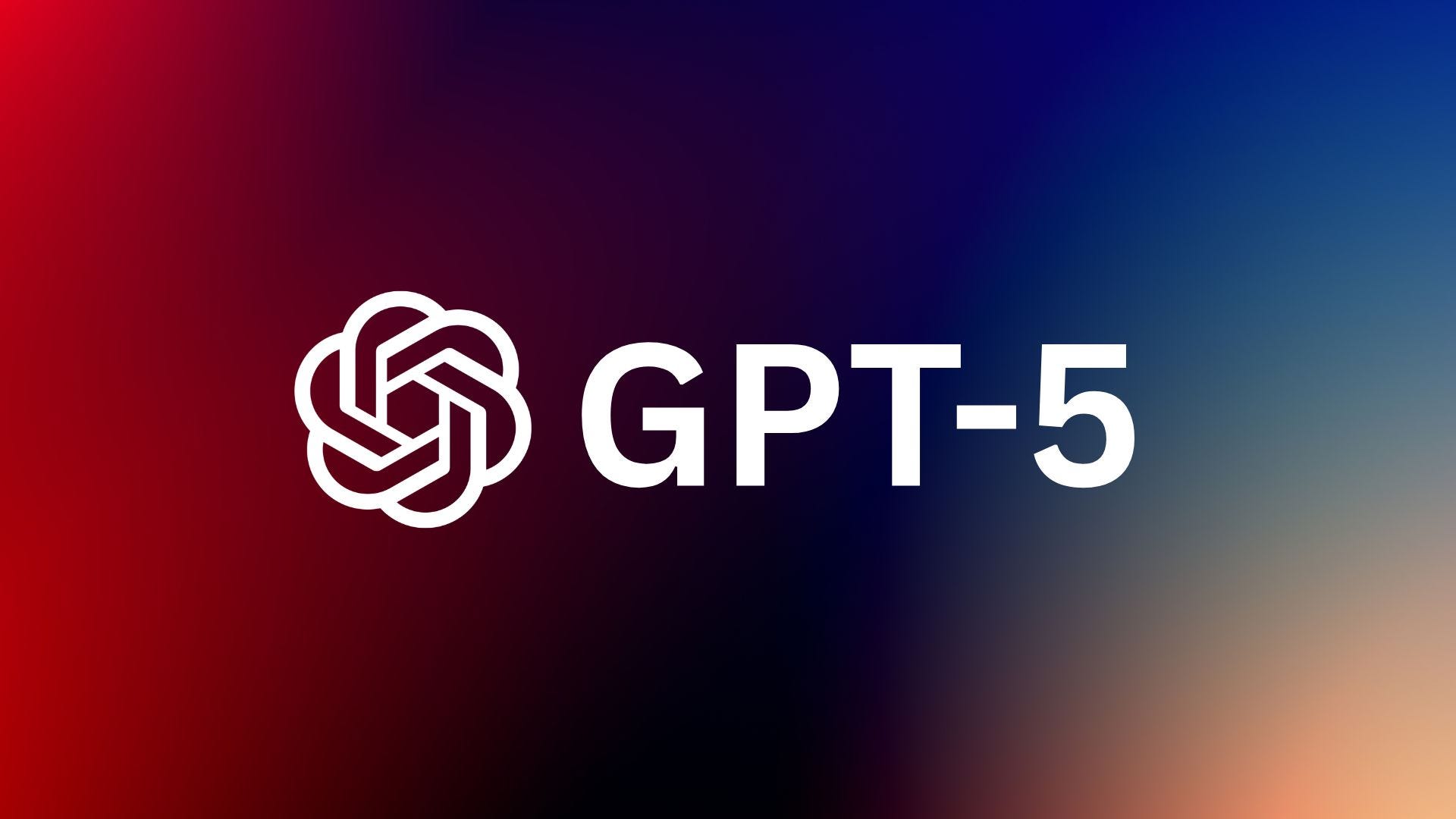“Why GPT-5 Fell Short: Slower Progress, Not the AI Leap We Expected”

Chat GPT-5 Falling: OpenAI’s much-anticipated GPT-5 has captured global attention, but its progress is slower than many expected. Rather than pushing out a rushed release, OpenAI is grappling with major challenges — from skyrocketing costs to complex technical barriers. In this article, we’ll break down the real reasons behind GPT-5’s delay, what it means for the AI race, and how it could shape the future of artificial intelligence.
1. Rising Costs & Technical Roadblocks
Training GPT-5 isn’t cheap. In fact, reports suggest that a single training run could cost nearly half a billion dollars . Early attempts at training (codenamed Orion ) even failed due to technical challenges.
To overcome this, OpenAI started experimenting with synthetic data and expert-curated datasets. While these methods bring better results, they also add more time and complexity to the process.
Takeaway: High costs + technical failures = slower but safer AI development.
2. Data Limitations & Efficiency Challenges
One major problem is data quality . Standard internet data is no longer enough for building advanced reasoning skills. The team found that GPT-5 needs more diverse, high-quality datasets .
But even with the right data, there’s a bottleneck: hardware . OpenAI’s current datacenter infrastructure isn’t powerful enough to handle the massive compute required for GPT-5, which has further slowed progress.
Takeaway: Without stronger infrastructure and smarter datasets, progress stays limited.
Learn More About :- GPT 5 Is Goes Live
3. Strategic Shifts in OpenAI’s Roadmap
Instead of waiting for GPT-5, OpenAI released interim models like O3 and O4-Mini . These smaller releases help spread workloads, keep AI products updated, and allow more efficient training cycles.
CEO Sam Altman highlighted the importance of preparing for “unprecedented demand” and building stronger infrastructure before launching GPT-5.
Takeaway: OpenAI is playing the long game — prioritizing stability over speed.
4. Internal Challenges & Leadership Changes
Behind the scenes, OpenAI has faced management turnover , with some key executives leaving during GPT-5’s development. These changes disrupted focus and continuity.
Additionally, early efforts were directed toward GPT-01 , diverting resources that could have sped up GPT-5’s progress.
Takeaway: Organizational shifts slowed development momentum.
Learn More About :- ChatGPT Just Passed the “I’m Not a Robot” Test
5. Diminishing Returns from Scaling
For years, AI improvements came from scaling models with bigger datasets and more parameters.But experts say this approach now brings smaller gains .
That’s why OpenAI is shifting to test-time reasoning smarter ways to make models “think” better without just making them bigger. This is more efficient in the long run, but also requires a different approach and longer development time .
Takeaway: AI is moving from “bigger is better” to “smarter is better.”
Final Thoughts: What Slower GPT-5 Progress Means for AI
The slowdown in GPT-5’s progress isn’t necessarily bad news. It shows that OpenAI is focusing on:
Safer, more reliable AI models
Stronger infrastructure for global demand
Smarter AI development instead of brute-force scaling
While the delays may frustrate some, this cautious approach could result in a more powerful and dependable GPT-5 when it finally arrives.
For businesses and creators, this means it’s the right time to explore current AI tools (like GPT-4 and O-series models) while keeping an eye on GPT-5 updates.


